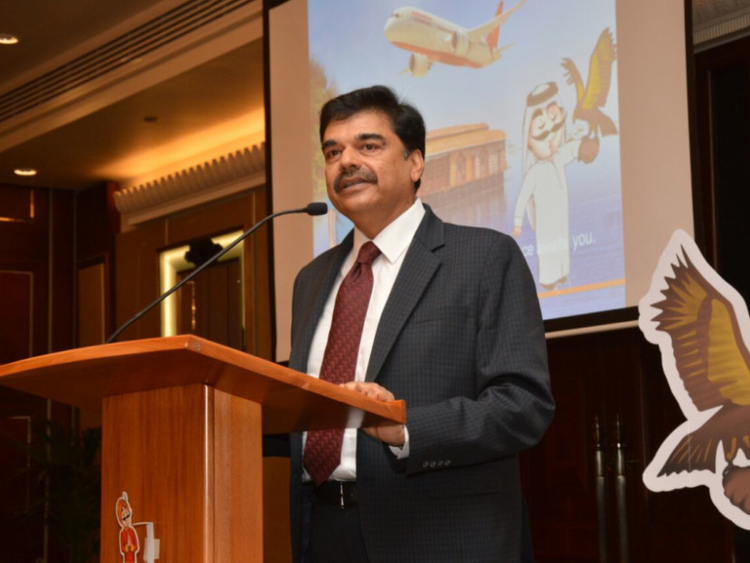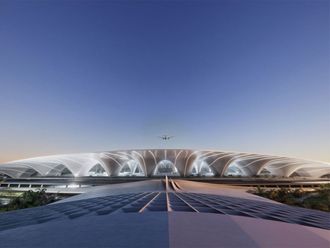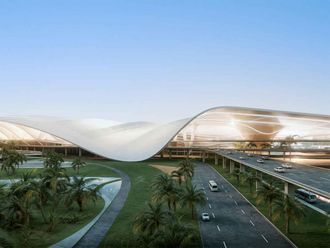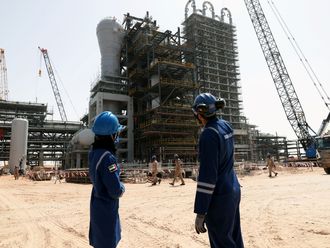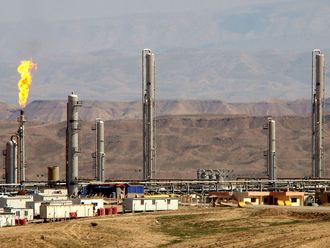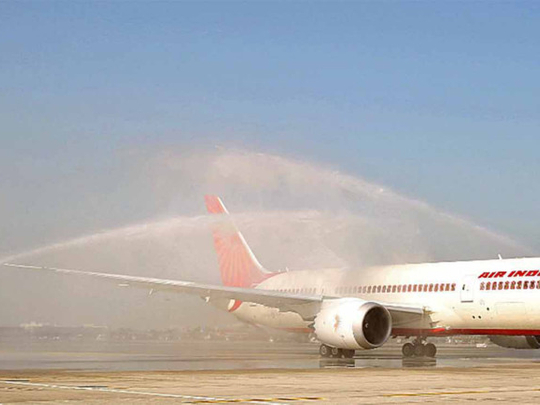
DUBAI
Air India plans to focus on the GCC (Gulf Cooperation Council) and the South Asian markets where the airline sees growth potential amid a slowdown in demand and economic growth across other parts of the world.
Pankaj Srivastava, commercial director and board member at Air India, said the airline plans to increase flights and capacity to markets such as Sri Lanka, Nepal, Bangladesh, Maldives, Myanmar, Tokyo, Hong Kong, as well as Sydney and Melbourne.
“The Gulf is a very important region for us, so we are substituting smaller aircraft with larger aircraft. In Bangkok and Singapore we’re poised to grow. We are also increasing flights into South Asian subcontinent, we are increasing flights into South East Asia, so within this part of the region, Air India is growing and that remains our focus,” he said.
Srivastava was speaking on Thursday in Dubai as Air India marked the arrival of its first Boeing 787 Dreamliner to operate between Kochi in Kerala and Dubai. The flight is Air India’s second Dreamliner service connecting India and Dubai, as the airline already operates a Dreamliner on the Delhi-Dubai route.
Air India is also planning to capitalise on demand and economic growth in the Indian market by adding new aircraft to its fleet and adding new routes to its network in 2017. Srivastava said the carrier plans to add four more Dreamliners by the end of this year, and three Boeing 777-300ERs by the middle of next year.
“All of us [Indian carriers] are adding capacities. We already have 23 Dreamliners that joined our fleet. We are also proposing to take five wide-body aircraft on lease, and work has already started on that.
“On the domestic side, we have already placed an order for 29 leased aircraft of Airbus 320. The deliveries of those 29 will start by the end of this month, so we’re keeping pace because no airline in India would like to lose out on the growth story,” Srivastava said.
The increase in capacity comes at a time when many airlines around the world, including those as large as Emirates, are struggling with lower demand on the back of currency fluctuations, slower global economic growth and lower consumer spending.
But in India, where the economic growth rate is just below 7 per cent, this is not the case.
“As far as currency fluctuations are concerned, this has affected Air India as well. But in terms of demand, India is growing very rapidly. We showed over 20 per cent of growth in the domestic market last year, so we expect similar growth percentages this year, too,” Srivastava told Gulf News. “The fact is we have a population of 1.2 billion, and less than two per cent of that population flies, so if that two per cent becomes three per cent, you can imagine how many more aircraft Indian civil aviation will require,”
Asked whether growing trends of protectionism in the US and Europe could slow down such growth, Srivastava said India was quite buffered and isolated from that as demand stems from its own large population.


